TB-500 – Thymosin Beta-4 Acetylated Peptide Fragment
Chemical Identity
Chemical Name: TB-500 Acetate
Molecular Formula: C₂₁₂H₃₅₀N₅₆O₇₈S
Molecular Weight: ~4963.5 Da
CAS Number: 77591-33-4
Sequence (Fragment): Ac-Ser-Asp-Lys-Pro-Asp-Met-Ala-Glu-Ile-Glu-Lys-Phe-Asp-Lys-Ser-Lys-Leu-Lys-Lys-Thr-Glu-Thr-Gln-Glu-Lys-Asn-Pro-Lys-Glu-Asp-Val-Gly-Glu-Ser-Gly-Glu-Gly
Structure Type: Synthetic 43-amino acid peptide fragment derived from thymosin beta-4
Pharmacological Classification
TB-500 is a synthetic peptide fragment of Thymosin Beta-4 (Tβ4) that retains the critical actin-sequestering domain. It is studied for its effects on cell migration, angiogenesis, wound healing, and anti-inflammatory signaling in preclinical models.
Mechanism of Action
- Actin Regulation: Binds G-actin, modulating cytoskeletal remodeling and cell motility.
- Angiogenesis: Stimulates endothelial migration and capillary tube formation via VEGF pathway.
- Tissue Repair: Enhances fibroblast proliferation, ECM remodeling, and epithelial closure.
- Anti-Inflammatory Effects: Inhibits NF-κB and reduces pro-inflammatory cytokine levels.
β-Arrestin Recruitment
TB-500 is not a G protein-coupled receptor agonist and exhibits no known β-arrestin recruitment. Its actions occur via intracellular signaling and protein–protein interactions (e.g., actin sequestration), not via receptor-ligand dynamics.
Molecular Engineering
TB-500 is a truncated and synthetically stabilized segment of the endogenous Thymosin Beta-4 protein, modified for enhanced solubility, diffusion, and chemical stability in research contexts.
Pharmacokinetics (Non-Dosing)
- Elimination: Proteolytically cleaved and renally excreted
- Tissue Distribution: Rapid penetration of muscle, dermal, and connective tissue matrices
- Bioavailability: Route-dependent; stable in extracellular environments
Biological Effects
Accelerates healing of connective tissues, enhances neovascularization, reduces fibrosis, and mitigates oxidative stress in damaged or ischemic tissue. Also shows promise in corneal, dermal, cardiac, and CNS injury models.
Preclinical Evidence
Studies demonstrate efficacy in tendon, ligament, and wound healing across murine, equine, and rabbit models. Also reduces infarct size and enhances cardiomyocyte survival post-MI in rodent hearts.
Stability and Storage
- Form: Lyophilized acetate salt
- Solubility: Water, PBS, 0.01 M HCl
- Storage: –20°C; dry, light-protected conditions
- Reconstitution pH: 4.5–6.0 ideal for peptide solubility
Comparative Mechanistic Summary
| Parameter | Thymosin Beta-4 | TB-500 |
|---|---|---|
| Length | 43 aa (full length) | Fragment (actin-binding domain) |
| Actin Binding | Yes (full spectrum) | Yes (retained) |
| β-arrestin Activity | None | None |
| Half-Life (in vitro) | ~30–60 min | Similar or longer (acetylated) |
| Therapeutic Focus | Wound healing, angiogenesis | Same (synthetic research form) |
References
- Goldstein AL, et al. Ann N Y Acad Sci. 2007;1112:124–131.
- Huff T, et al. Int J Biochem Cell Biol. 2001;33(11):1219–1230.
- Ti D, et al. Stem Cell Res Ther. 2015;6:134.
- Philippou A, et al. Curr Pharm Des. 2013;19(4):763–769.
- Qin T, et al. J Cell Mol Med. 2021;25(1):325–336.
